The Middle East has been heavily stereotyped and romanticised over the years. The accounts written by colonial-era explorers such as Wilfred Thesiger and T. E. Lawrence detailing camel caravans in the desert and dramatic encounters with Bedouins represented the dominant sources of information on the region in the West for many years.
This, coupled with the stories of conflict, violence and religious extremism that have bombarded the western media in recent decades, have shaped a narrow view of the Middle East and its people. This view often fails to take into account the incredible geographical and cultural diversity of the region.
The following list contains 8 incredible places that shatter the traditional stereotypes and showcase the remarkable diversity of the Middle East. How many did you know about…?
Socotra Island, Yemen
Famous for its bizarre natural life and dramatic scenery, the island of Socotra is an almost other-worldly paradise in the Indian Ocean. Nicknamed ‘the Galapagos of the Indian Ocean’, Socotra island, which used to be part of mainland Africa before splitting off six or seven million years ago, is located around 350 kilometres off the coast of Yemen. Its white dunes, limestone caves and green mountains are home to hundreds of plant and animal species that do not exist anywhere else in the world.
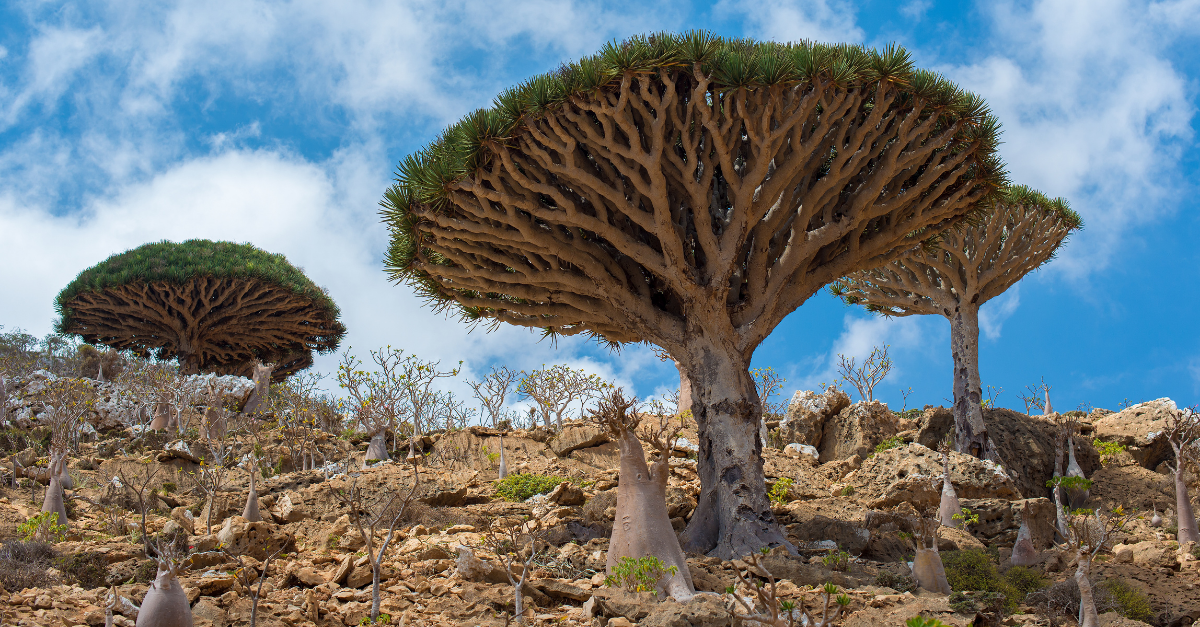
Jeita Grotto, Lebanon
Located in Lebanon’s Nahr al-Kalb valley, the Jeita Grotto is a series of interconnected limestone caves spanning almost nine kilometres. The caves, which are only accessible by boat, were inhabited during prehistoric times and were rediscovered in the 19th century. The underground river running through the grotto provides fresh drinking water to over a million Lebanese people.

Farasan Islands, Saudi Arabia
The idyllic Farasan Islands are an archipelago of coral islands around 40km off the Saudi coast near Jizan, that are accessible by ferry. Like much of Saudi Arabia’s Red Sea coast, with their crystal-clear waters and bright white beaches these stunning islands look Caribbean-esque. In line with its plans to diversify the economy and open up the country to the outside world, Saudi Arabia plans to transform hundreds of kilometres of its beautiful Red Sea coastline into a global tourist destination.
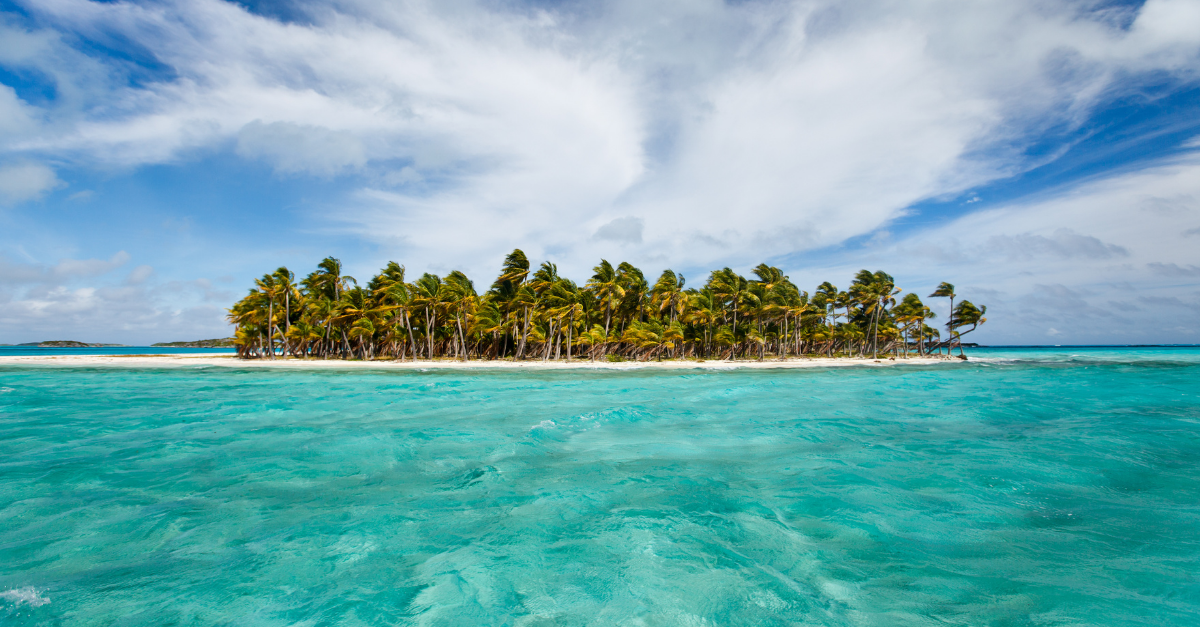
The Tavertines of Pammukale, Turkey
Pamukkale – which means “cotton castle” is located in Turkey’s Inner Agean region and is famous for this natural site, formed from a carbonate mineral left behind by the flowing water. Travellers have ventured to experience Pamukkale’s thermal springs since time of classical antiquity. Nowadays, travellers arrive on organised tourist buses.
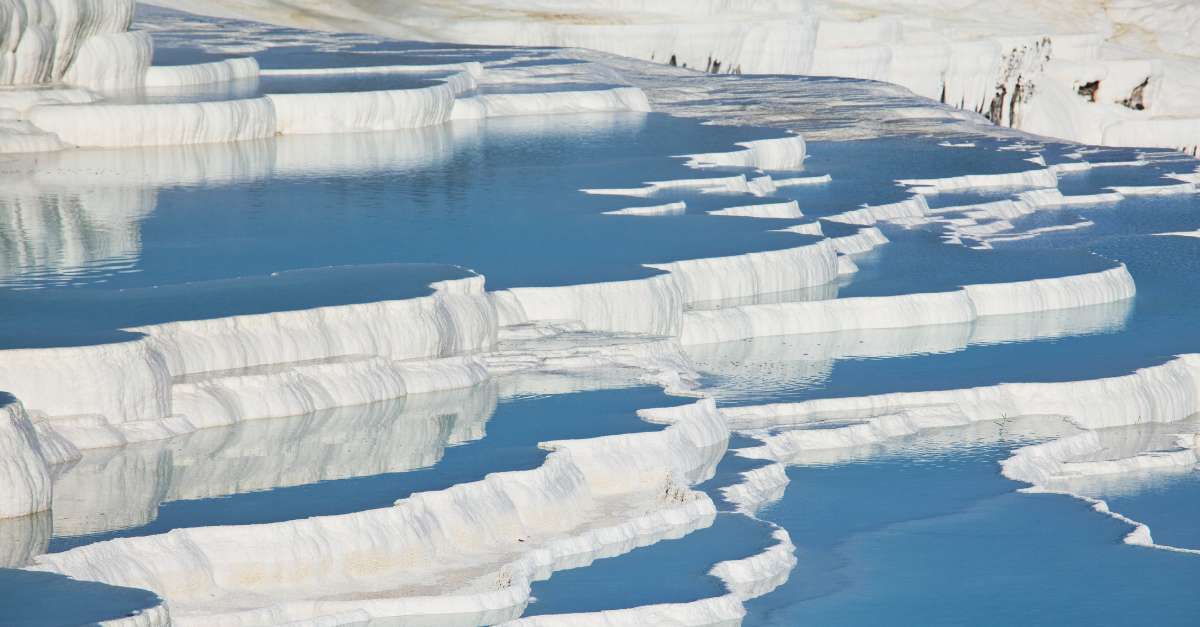
The Marshes of Southern Iraq
The Iraqi marshes used to be the largest wetland ecosystem in Western Eurasia and are home to communities of people and many species of wildlife. During Saddam Hussein’s rule, he attempted to drain the marshes and evict the predominantly Shia Iraqis from their land. The marshes have largely recovered since 2003 and were listed by UNESCO in 2016 as a World Heritage site. The marshes, which are thought to be the site of the Biblical Garden of Eden, are essential for wildlife including fish and birds.
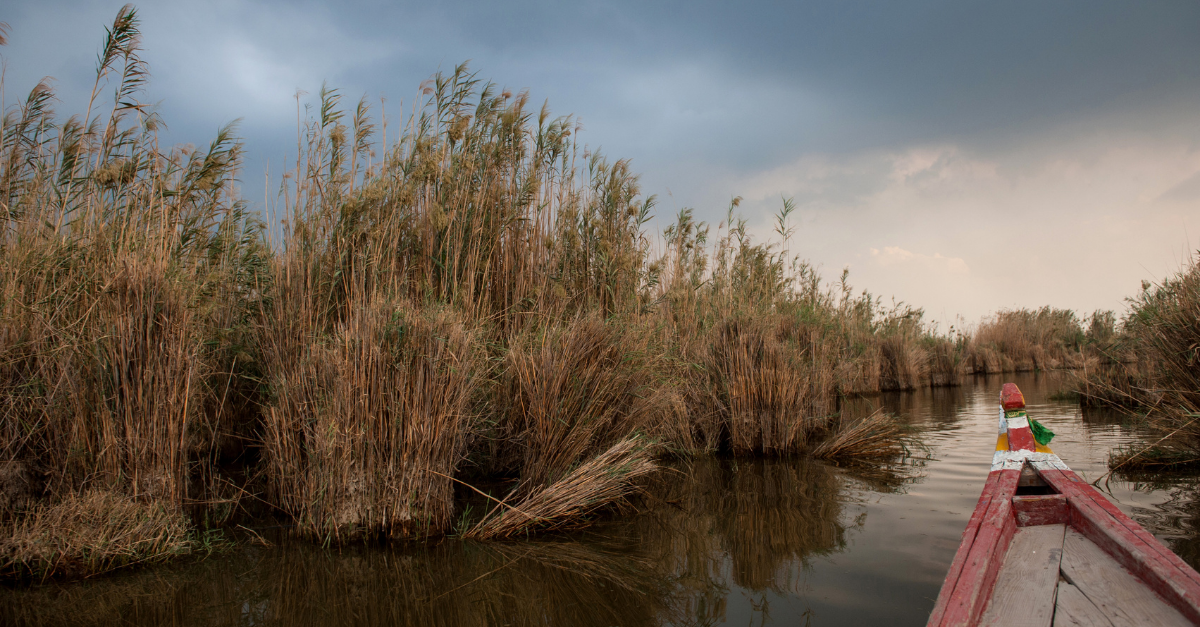
Salalah, Oman
Salalah is the largest city of the Dhofar governorate of Oman, known to many as the ‘Land of Frankincense’. From early July until mid-September Dhofar catches the tail end of the Indian monsoon season, with heavy rains turning Salalah and the surrounding area lush, grassy and green. The khareef season as it’s known locally (khareef means Autumn in Arabic) is particularly popular for visitors coming from elsewhere in Oman and the Gulf, as it offers a cool, refreshing respite from the weather in cities like Muscat and Abu Dhabi, where temperatures frequently surpass 50°c. it is also known for its sprawling, white beaches and blow holes.
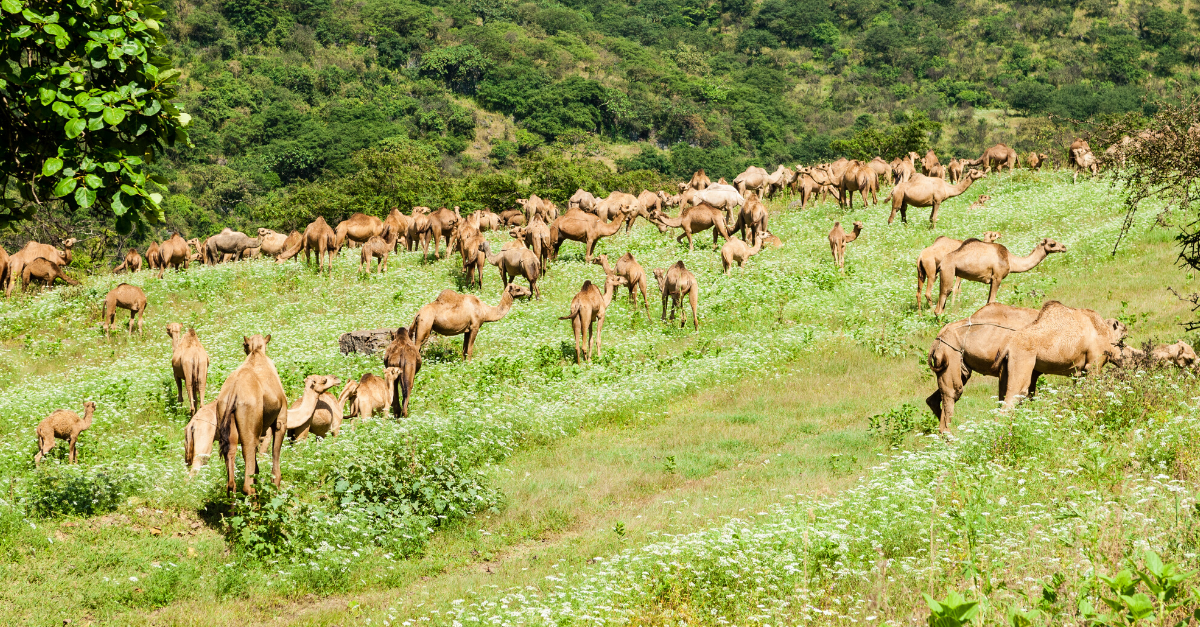
Masal, Iran
Reminiscent of the European Alps, Masal is a village in the Gisal province of Iran that is popular for its cool weather, lush green scenery, waterfalls and thick clouds. Remotely located near the Talesh mountains, Masal has become known among Iranians as a ‘lost heaven’.
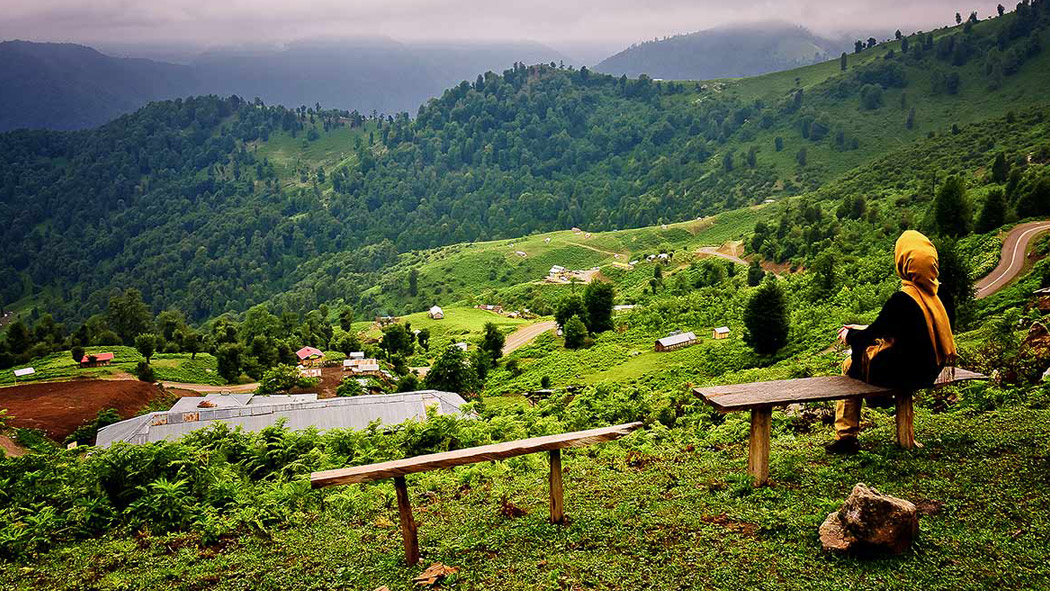
Rijal Almaa, Saudi Arabia
Rijal Almaa is a village in Asir, southern Saudi Arabia. Located near the Saudi-Yemeni border, Rijal Almaa used to be a passageway for pilgrims on the route from Yemen to Mecca and Medina. The people of southern Saudi Arabia share much in common with their Yemeni neighbours in terms of their culture and way of life. Rijal Almaa (sometimes called the ‘Gingerbread Village’ of Saudi Arabia) looks remarkably similar to many of Yemen’s traditional towns and villages.

Have you visited any of these awe-inspiring places? Let us know in the comments below – we’d love to hear about your experiences!
If you enjoyed this, you might also like:
5 spectacular cultural sites in Iran
6 photos showcasing the stunning natural beauty of the Middle East and North Africa
7 local Instagrammers to follow if you’re travelling in the Middle East







I really think Oman is very beautiful! I would love to go there
It really is beautiful! I hope you get to go someday.
Hope so too!
I am particularly intrigued by the sites in Saudi Arabia! I live very close to the Saudi Arabia border with Qatar but sadly diplomatic relations are non existent since 2017 so going there will require a series of complex flights and layovers. Nevertheless I hope to visit these places one day!
Ahh how frustrating to be so nearby yet logistically so far… I totally agree, it is such a fascinating and misunderstood country and I’d love to see it for myself!